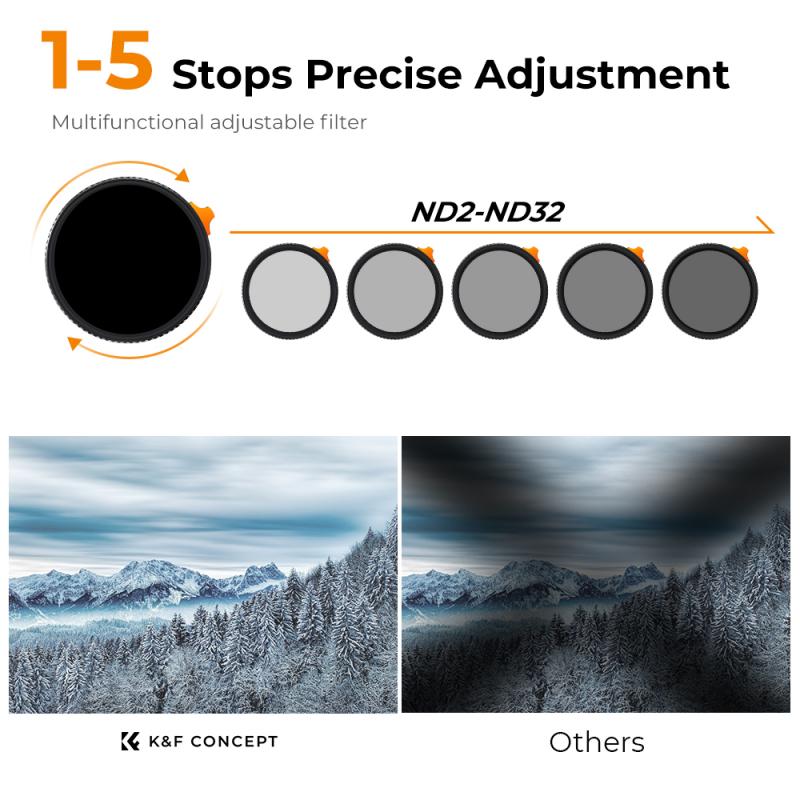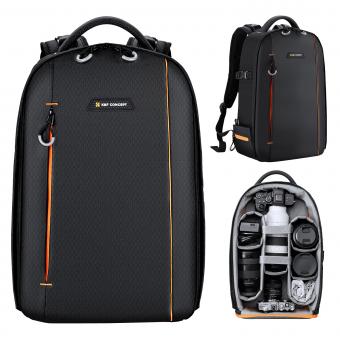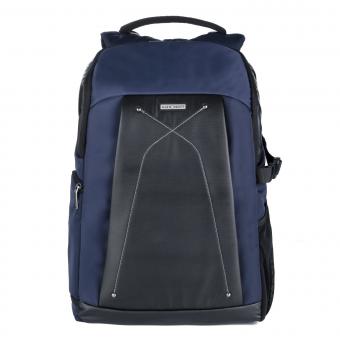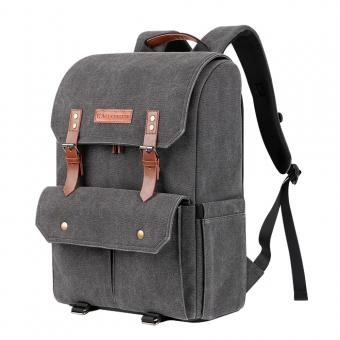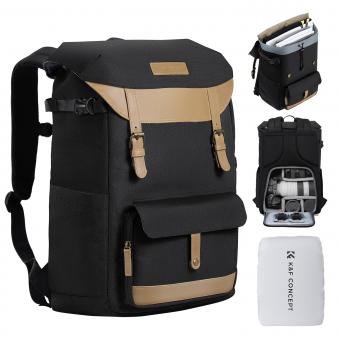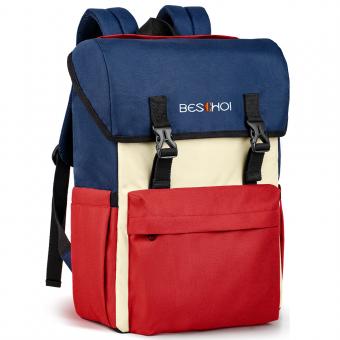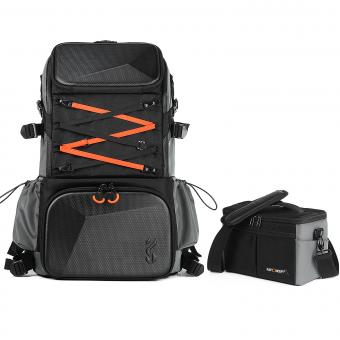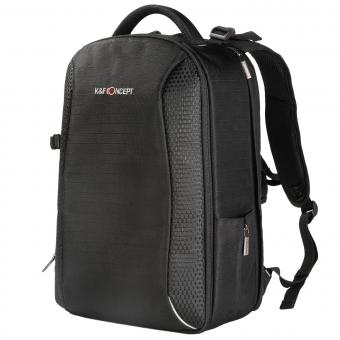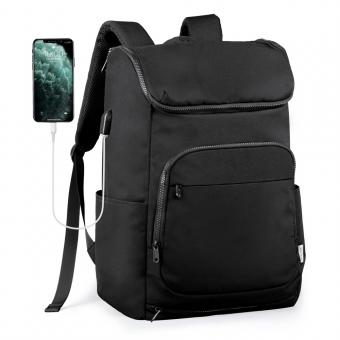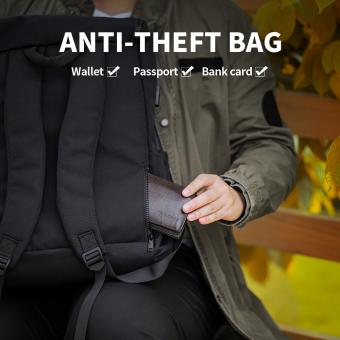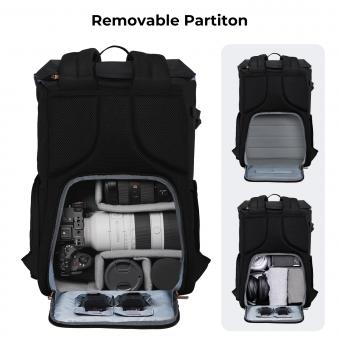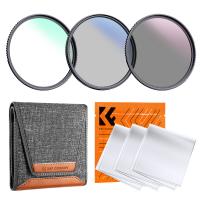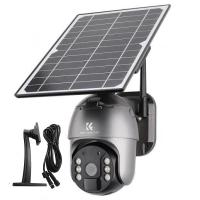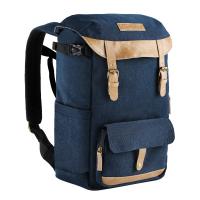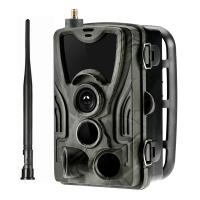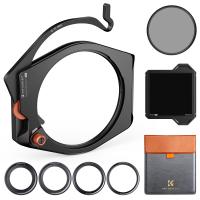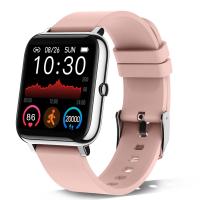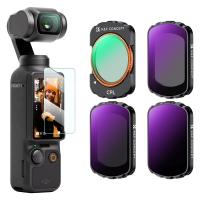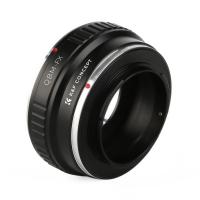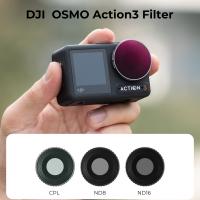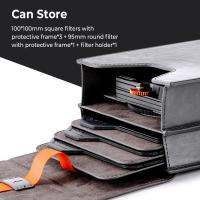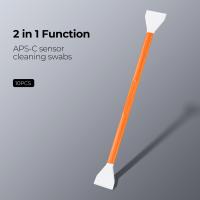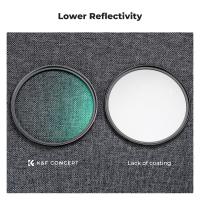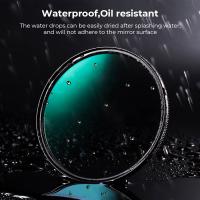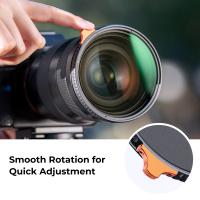How To Carry Camera In Backpack ?
To carry a camera in a backpack, you can use a camera insert or padded camera compartment within the backpack to provide protection and organization for your camera and accessories. Make sure to secure the camera with straps or dividers to prevent it from moving around. Additionally, consider using a backpack with a dedicated side access or top-loading compartment for easy and quick access to your camera without having to remove the entire backpack. It is also recommended to place the camera in a protective camera bag or wrap it in a soft cloth to further safeguard it from scratches or damage.
1、 Camera protection and padding in backpack
Camera protection and padding in a backpack is essential to ensure the safety of your valuable equipment while on the move. Here are some tips on how to carry a camera in a backpack:
1. Invest in a dedicated camera insert or padded camera bag: These inserts or bags are designed specifically to provide extra protection and padding for your camera and lenses. They usually come with adjustable dividers to keep your gear organized and secure.
2. Use lens and camera body caps: Before placing your camera and lenses in the backpack, make sure to attach the lens and camera body caps. This will protect them from scratches and dust.
3. Wrap your camera in a microfiber cloth: To provide an extra layer of protection, wrap your camera in a clean microfiber cloth before placing it in the backpack. This will help prevent any accidental scratches or damage.
4. Utilize the space wisely: When packing your backpack, place your camera and lenses in the center of the bag, surrounded by soft items like clothing or towels. This will act as additional padding and help absorb any shocks or impacts.
5. Avoid placing heavy objects on top: Be mindful of what you place on top of your camera gear in the backpack. Avoid placing heavy objects that could potentially crush or damage your equipment.
6. Consider a backpack with a dedicated camera compartment: Some backpacks come with a separate compartment specifically designed for cameras. These compartments often have additional padding and dividers to keep your gear safe and organized.
Remember, always handle your camera with care and avoid any sudden movements or impacts while carrying it in a backpack. By following these tips, you can ensure that your camera remains protected and secure during your travels.
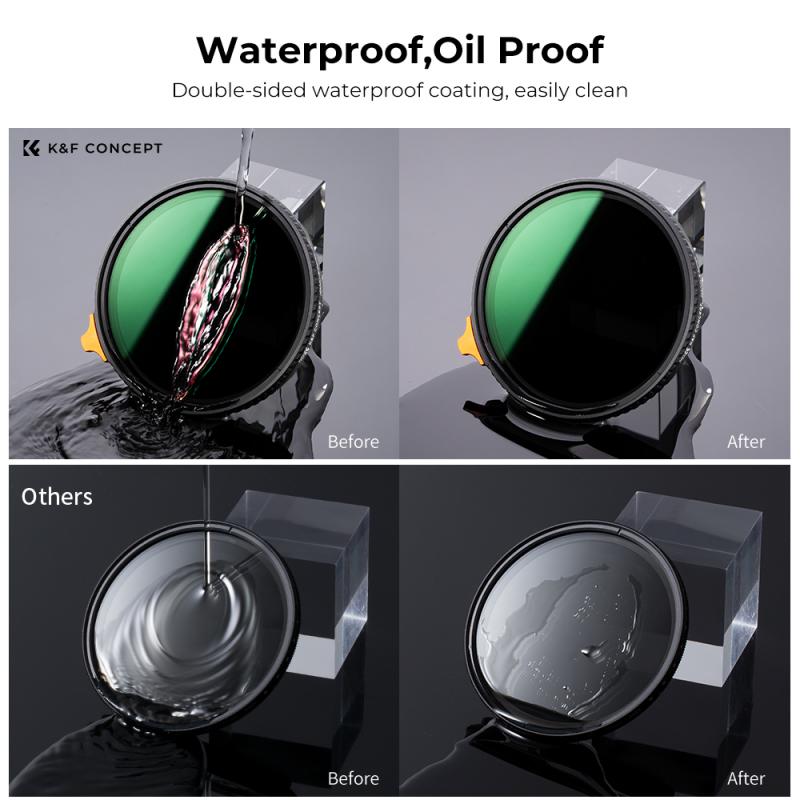
2、 Proper camera placement and organization in backpack
Proper camera placement and organization in a backpack is essential to ensure the safety and accessibility of your camera equipment while on the go. Here are some tips on how to carry your camera in a backpack:
1. Use a dedicated camera compartment: Invest in a backpack that has a designated camera compartment with padded dividers. This will provide extra protection and prevent your camera from moving around during transit.
2. Place the camera in the center: Position your camera in the middle of the compartment to distribute the weight evenly. This will help maintain balance and prevent any unnecessary strain on your back.
3. Secure the camera with straps: Use adjustable straps or Velcro fasteners to secure your camera in place. This will prevent it from shifting or bouncing around while you're walking or hiking.
4. Separate lenses and accessories: Keep your lenses and other camera accessories in separate compartments or pockets within the backpack. This will prevent them from scratching or damaging each other.
5. Utilize protective cases: Consider using protective cases or pouches for your camera body, lenses, and other fragile equipment. These cases will provide an extra layer of protection against bumps and impacts.
6. Pack smartly: Place heavier items at the bottom of the backpack to maintain stability. Avoid overpacking and only carry the essential camera gear to reduce the strain on your back.
7. Consider a camera insert: If your backpack doesn't have a dedicated camera compartment, you can use a camera insert. These inserts can be placed inside any backpack and provide padded protection for your camera equipment.
It's important to note that the latest point of view emphasizes the need for lightweight and compact camera gear. With advancements in technology, many photographers are opting for mirrorless cameras and smaller lenses, which are easier to carry and require less space in a backpack. Additionally, investing in a backpack with ergonomic design features and adjustable straps can greatly enhance comfort and reduce the risk of back strain.

3、 Securing camera accessories in backpack compartments
Securing camera accessories in backpack compartments is essential to ensure the safety and protection of your valuable equipment while on the move. Here are some tips on how to carry a camera in a backpack:
1. Invest in a camera-specific backpack: Look for a backpack that has dedicated compartments and padding designed specifically for camera gear. These compartments will help keep your camera and accessories organized and protected from bumps and scratches.
2. Use padded dividers: Most camera backpacks come with adjustable padded dividers that allow you to customize the compartments according to your gear. Use these dividers to create separate spaces for your camera body, lenses, batteries, and other accessories. This will prevent them from knocking against each other and minimize the risk of damage.
3. Utilize lens pouches and cases: To provide extra protection for your lenses, consider using individual lens pouches or cases. These will shield them from any potential impact and keep them secure within the backpack.
4. Secure small accessories: Use smaller pouches or zippered compartments within the backpack to store memory cards, filters, lens caps, and other small accessories. This will prevent them from getting lost or damaged.
5. Consider a camera insert: If you already have a backpack that you love but it lacks camera-specific compartments, consider purchasing a camera insert. These inserts are padded and can be placed inside your backpack, effectively turning it into a camera bag.
6. Distribute weight evenly: When packing your backpack, distribute the weight evenly to avoid strain on your back. Place heavier items closer to your back and lighter items towards the front. This will help maintain balance and make it easier to carry the backpack for extended periods.
Remember, always double-check that your camera and accessories are securely stored before closing the backpack. Additionally, consider investing in a rain cover or waterproof backpack to protect your gear from unexpected weather conditions.
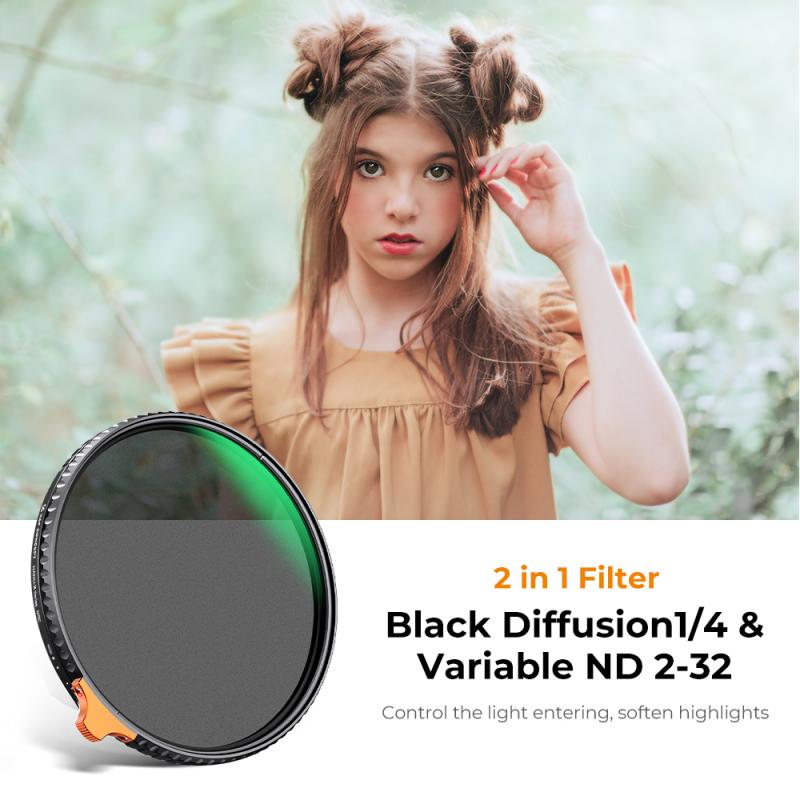
4、 Choosing a backpack with dedicated camera compartments
Choosing a backpack with dedicated camera compartments is one of the best ways to carry a camera safely and conveniently. These compartments are specifically designed to provide secure storage for your camera and its accessories, ensuring that they are well-protected during transportation.
When selecting a backpack with dedicated camera compartments, there are a few key factors to consider. Firstly, look for a backpack that offers customizable dividers within the camera compartment. This allows you to adjust the layout according to your specific camera gear, ensuring a snug fit and minimizing the risk of any movement or damage.
Additionally, consider the accessibility of the camera compartment. Look for a backpack that provides quick and easy access to your camera, allowing you to capture spontaneous moments without any delay. Some backpacks even offer side or back access to the camera compartment, providing added convenience.
Furthermore, consider the overall comfort and durability of the backpack. Look for padded shoulder straps and a supportive back panel to ensure that the weight of your camera gear is evenly distributed and doesn't cause discomfort during long hikes or travels. Additionally, opt for a backpack made from durable materials that can withstand various weather conditions and protect your camera from any potential impact.
Lastly, it's worth mentioning that there are now backpacks available with innovative features such as built-in camera stabilizers or even solar panels for charging your camera batteries on the go. These latest advancements can greatly enhance your photography experience and make carrying your camera in a backpack even more convenient.
In conclusion, choosing a backpack with dedicated camera compartments is an excellent way to carry your camera safely and conveniently. Consider factors such as customizable dividers, accessibility, comfort, durability, and any latest advancements to ensure that you find the perfect backpack for your camera gear.
